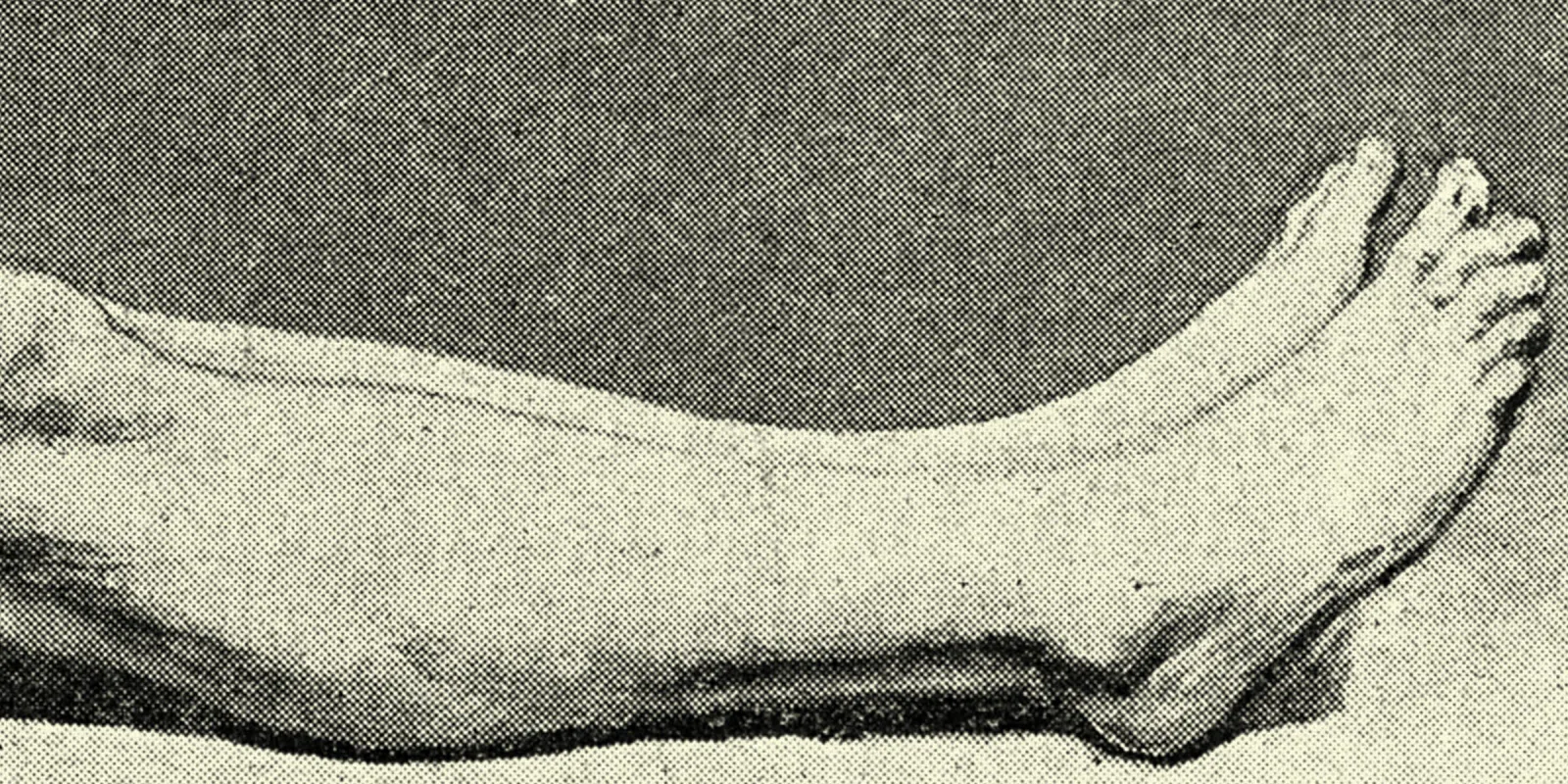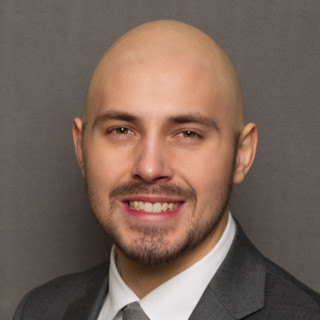Anime and autopsies have brought me perspective on life, death, and mortality as a resident pathologist.
For those who do not know, anime are televised animated artwork shows often re-created from Japanese manga series, which are graphic comics or novels. I loved watching them as a kid, but they fell out of my routine during high school and college. When COVID-19 hit, however, my now fiancée re-kindled my love for anime and, today, we still watch them together.
Many may ask, why anime? What’s the appeal? First, the artwork and visual effects are often beautiful. Second, many streaming platforms make it easy for viewers of any age and nationality to watch anime anywhere (via subbed and dubbed language versions). Finally, the character and story development of most anime are relatable to many different viewers of different backgrounds. Currently, more than 12,000 anime have been produced worldwide (with 70% coming from Japan). However, it is important to know that while anime may seem “cartoonish,” they are not all intended for kids. In fact, some anime have more mature themes, and viewer/parental discretion should to be advised.
One theme frequently encountered in anime is mortality, and one anime that highlights this is Frieren: Beyond Journey's End. Based on the Japanese manga series written by Kanehito Yamada and illustrated by Tsukasa Abe, this story follows the “elven mage Frieren, a former member of the party of adventurers who defeated the Demon King and restored harmony to the world after a 10 year quest.” The party separates after celebrating this defeat, but Frieren reunites with the other party’s members (which includes two humans) 50 years later only to see them all greatly aged, with both human members eventually passing away. Unlike humans, Frieren’s lifespan is prolonged (i.e., hundreds of years or more) because she is an elf. Because of this, she views experiences or moments in life as nothing more than superficial, fleeting moments without much meaning. After the passing of her party’s human members, however, her perspective of life, death, and mortality changes, which viewers may empathize with (Panto et al., 2021).
Autopsies are quite different than anime like Frieren, but they are similar in that they each draw on human tropes such as life, death, and mortality. The word “autopsy,” derived from the New Latin term autopsia (or Ancient Greek, αὐτοψῐ́ᾱ/autopsíā) which means “seeing with one’s own eyes,” has two definitions. The first (also known as necropsy) is a “[physical] examination of a body after death to determine the cause of death or the character and extent of changes produced by disease.” The second is “a critical examination, evaluation, or assessment of someone or something past.”
When I first entered medical school, I never thought I would perform autopsies. They are often considered valuable and widely supported as educational experiences (Hearle et al., 2023), but they can be “emotionally challenging learning situations” for medical students (Weurlander et al. (2012). Nevertheless, medical students tend to find autopsy teaching important and, per Panaken et al. (2022), “most beneficial in learning anatomy and dealing with one's own emotions related to death.” Unfortunately, continued diminishing autopsy numbers, exacerbated by rising workforce shortages and funding cuts, leaves the future of autopsies in medical education and student development uncertain (Weedn & Menendez, 2020).
As a first-year resident pathologist, I have already seen and performed multiple autopsies on first-trimester infants through elderly adults. In every autopsy performed, I contemplated the lives they had once lived or had yet to live. Whether fetuses or adults, every autopsy reminds me of how finite life is, mine included. We are not meant to live forever. It is not our nature as humans (unlike elves, who may live hundreds of years). Death is scary, and it is OK to be afraid of dying, but mortality is a consequence of being human. This we cannot escape.
The more I encounter death by way of autopsy or its notion by way of anime, the more comfortable I have become with accepting it. In pathology, our job with any autopsy is to determine how and why a person dies when premortem information is not complete or during forensic investigations (Costache et al., 2014). Despite the manner of any person’s death, though, one’s life may be “immortalized” via the ways he or she has lived, the relationships he or she has made, and the communities he or she has impacted. Mortality is short-lived, but immortality is dictated by the lives and memories one leaves behind.
Life is too short to not enjoy it or live it with fulfillment. Even when certain moments in life become difficult, still find ways to find positive meaning. I am not sure if anyone will perform an autopsy on me when I eventually pass (circumstances pending, I guess). But if so, I hope that whoever performs my autopsy in the future knows that he or she is performing an autopsy on a man who lived a good, fulfilling, and meaningful life, and a life that was also full of watching anime.
Do you watch anime? Share in the comments.
Casey Schukow, DO, is a first-year resident pathologist at Corewell Health’s Beaumont Hospital in Royal Oak, Michigan. Dr. Schukow can be followed on social media through his KiKo page here: https://kikoxp.com/casey_schukow3. Dr. Schukow is an ambassador for KiKo (Knowledge In Knowledge Out) but he does not receive financial compensation for this position.
Image by duncan1890 / Getty Images







